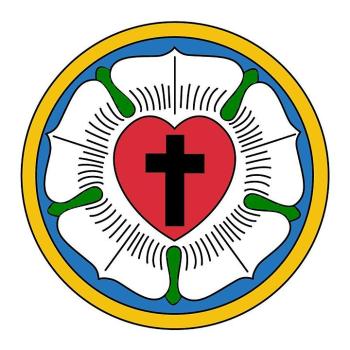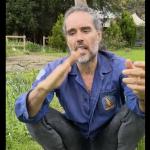Like so many great romantic moments in the arts, it begins with the tolling of a bell. The sound dies. Hushed anticipation. Finally, the soldier makes his entrance — no ordinary recruit, but the relief commander of the 3rd U.S. Infantry, taking part in the changing of the guard ceremony at the Tomb of the Unknowns at Arlington National Cemetery.
You could land an airplane on the flatness of his hat, balance teacups on his shoulders. He has been polished and honed to perfection, a man as monument, symbol and embodiment of order, respect and dignity.
Washington life swirls around him — crowds gather and disperse, jets climb into the clouds, the cemetery’s infernal lawn mowers roar. The weather may bake or freeze him — the high, marble mesa on which the tomb rests, at the top of a hill affording one of the loveliest views of the city, can feel like the hottest spot on Earth, even in May. It can also approach the coldest, as when blizzards covered the city two winters ago, and snow buried the plaza as fast as soldiers could shovel it. They replaced their shiny black shoes with combat boots. But the vigil and guard changes went on around the clock, as they do now and have since 1937.
The world doesn’t matter here, in this outdoor theater where the show always goes on. This guard posting is a marathon of purity, a spectacle of the finest abstraction and strictest minimalism, where precise, unthinking repetition blots out just about everything else.
The commander strides across the plaza, past the sarcophagus containing the remains of service members from World Wars I and II and Korea. (An unknown from the Vietnam War had joined them, but his remains were removed and returned to his family when DNA testing revealed his name.) He takes slow, measured steps, rolling his shoes on their outer edges so there’s no hint of a bounce in his body.
It’s the most luxurious legato. The man is a play of contrasts: loose in the knees, square in the chest, all business in the eyes. You know this even though you can’t actually see his eyes because of his sunglasses, so tightly fused to his skull they must be giving him a migraine. But there’s enough expression in his granite jaw to suggest that those hidden eyes are cold. Still, that delicious walk goes on, 18 steps, 20, 21 . . . clack! It’s brought up short, punctuated by a sharp clap of the heels. The metal plates on the inner edges of the shoes are one of many modifications to the basic dress-blues uniform.
The changing of the guard ceremony is like that, a precise, stop-start ballet performed by three men — commander, relief sentinel and the retiring sentinel— alternating between smooth and sharp, silence and staccato pops. With that same liquid gait, the relief sentinel makes his entrance, brandishing the most beautiful, sparkling M-14 you’ve ever seen. . . .
[Sgt. Benton Thames] recalls a time when several World War II veterans in wheelchairs were watching the ceremony. As Thames walked past them with that stately gait, buttons blazing, uniform pressed to a razor sharpness, behind his sunglasses he could see the old soldiers pushing down on their armrests, trying with all their trembling might to stand.
“Those that could saluted me as I passed,” Thames says, swinging his right hand up to his brow with a shy smile, a gesture both casual and elegant.
“That kind of got to me.”
A veteran once told Thames that he’d lost a buddy in World War II and that the body was never recovered. When he comes to the Tomb of the Unknowns, the veteran imagines that those remains belong to that guy — and this becomes the place where he can be mourned as if his name were cut in stone.
This is why the sentinel buffs his shoes, hollers for a good tucking-in, submits to having his creases measured to within a fraction of an inch. This is why he has seemingly shaved away every shred of his own individuality, his identity, for a task whose purpose is, at the heart of it, exquisitely tender. It is the physical expression of an intangible wish, the fulfillment of a promise.
Long past Memorial Day.
“All soldiers recognize that it represents them,” says Barrett, The Citadel professor. “Underlying the tomb is that if something happens to you and we can’t identify you or find you, that ceremony still honors you.
“We ask them, if necessary, to lay down their lives,” he continues, his voice faltering with emotion, for he was once a soldier. “This is the corollary: They will not be forgotten.”
via At Tomb of the Unknowns, a ritual of remembrance – The Washington Post.















